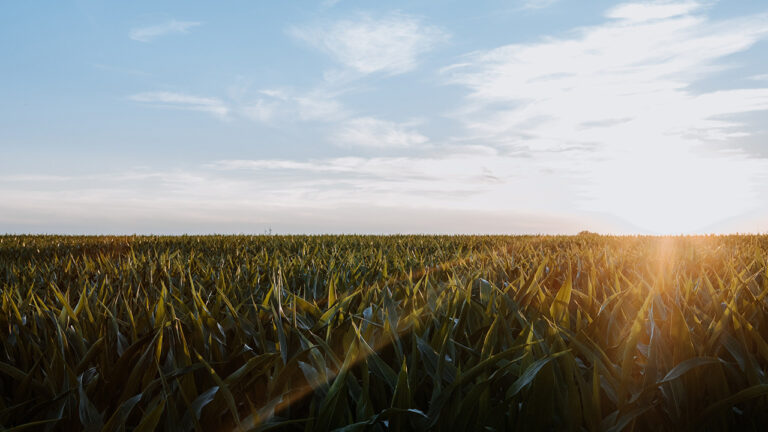According to the University of Nebraska-Lincoln's 2024 Nebraska Farm Real Estate Market Research Preliminary Report, the market value of farmland in Nebraska increased 5% year over year to an average of $4,015 per acre. This is the third year in a row that Nebraska's farmland market prices have increased, setting a new high for statewide land prices not adjusted for inflation in the 46-year history of the study.
The report is published annually by the university's Department of Agricultural Economics and the Center for Agricultural Profitability. It is based on a survey of land industry professionals across Nebraska, including appraisers, farm and ranch managers, agricultural bankers, and other industry professionals.
Land industry experts responding to the survey said the increase in the value of Nebraska agricultural properties is due to increases in farm expansion purchases, current livestock prices, 1,031 tax exchanges, and increases in the value of land for sale. We believe this is a factor in terms of volume and as a hedge against inflation. Farms and ranches in good financial standing look to expand their operations by purchasing additional land. The industry remains highly competitive as operators face a reduction in the amount of land available for sale.
Jim Jansen, an agricultural economist at the university who led the research and report, said many businesses acquired tangible assets such as land, machinery and equipment to protect against inflation and price increases.
“The Federal Reserve's policies to control inflation have kept agricultural real estate lending to around 8%,” Jansen said. “Future changes in the market value of land across the state will be tied to farm and ranch profitability, along with long-term interest rates for financing real estate purchases.”

This study reports the market value of seven types of land by region across Nebraska, as well as the average value of land across the state. The estimated market value of dryland farmland without irrigation potential increased 3% across the state compared to the previous year. Center-pivot irrigated farmland increased by an average of 4% in 2023, and reported gravity-irrigated farmland also increased by 3% across the state. Jansen said the decline in grain prices has led to slower growth in farmland values than was seen in 2023.
Jansen also said market prices for pasture and hayland in the state have increased by an average of 6 to 8 percent due to higher prices for cattle and competition for more acres.
Average cash rental rates for dryland and irrigated land also rose more slowly this year, compared to 7% to 5% increases seen in recent years, due in part to lower crop prices and a strong economy, according to the study. It turned out that it was.U.S. overall yield
“Survey participants expressed concerns about drought, input costs, and water availability in certain areas during the upcoming growing season,” Jansen said. “Consideration of actual crop income, production costs, or irrigation limitations may be considerations for flexible leases in 2024.
The 2024 Nebraska Farm Real Estate Market Study Preliminary Report is available on the Center for Agriculture Profitability website at https://cap.unl.edu/realestate. The final report is expected to be published in June.
Two virtual workshops will be held on March 27 and 28 covering land and rental issues, estate planning, and newly published land prices and cash rental rates. The March 27 workshop is scheduled for 9-11:30 a.m. Central Time and adjustments will be made. For audiences in central and western Nebraska. The March 28 workshop, scheduled from noon to 2:30 p.m. Central Time, will feature examples more relevant to audiences in eastern Nebraska. Regardless of the location, the general information presented at both meetings is the same. Registration is free at https://cap.unl.edu/land24.


